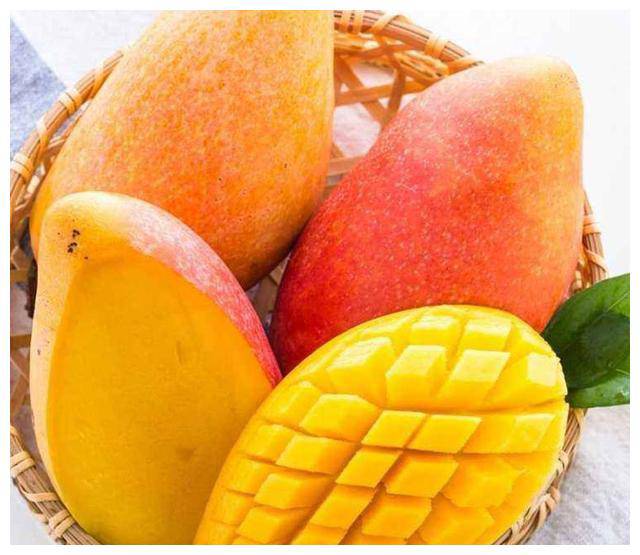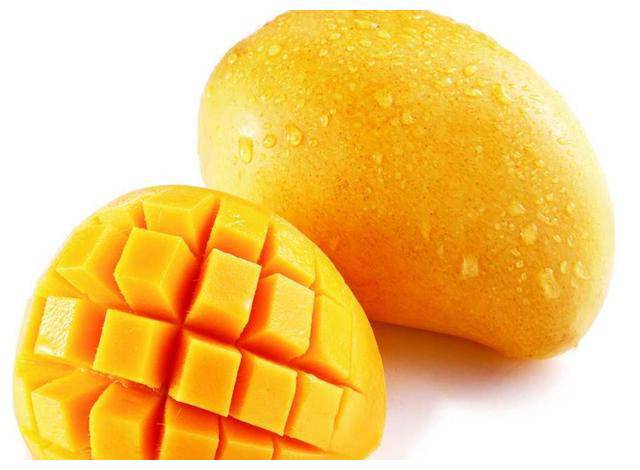Mangoes are a popular fruit, but not all of them are sweet and tasty. If you don’t know how to choose wisely, you might end up with sour, unripe, or even spoiled fruits. So, when buying mangoes, keep these four things in mind to ensure you select the best ones.
1. Check the Color
When choosing a mango to eat or for religious offerings, pay attention to its color. Typically, you’ll see mangoes of the same variety displaying different shades of green and yellow. This is because mangoes are tropical fruits that need to be picked and transported before they are fully ripe. If they were allowed to ripen completely, they would quickly bruise and spoil during transportation to different places.

So, if you observe a mango with more green hues, it’s likely unripe. On the other hand, a mango with a dull yellow color has probably been sitting around for too long, and it’s best to avoid it. Ripe mangoes have a bright yellow color, with shiny and smooth skin. Especially when choosing a mango for religious offerings, go for the ones with the brightest yellow color.
2. Examine the Skin
Fresh, ripe mangoes will usually have a few small black spots on their skin, which doesn’t affect the quality of the flesh inside. However, if you see a mango with many black spots and a rough texture, it’s best to avoid it. Such mangoes may have degraded flesh due to prolonged storage.

If you’re buying mangoes for religious offerings, choose the ones with bright yellow skin and no black spots.
3. Smell the Mango
When selecting mangoes, use your sense of smell. Delicious mangoes have a strong, sweet aroma, with a hint of gentle sweetness. On the other hand, unripe mangoes or those ripened with chemicals will have little to no scent or may even have an odd smell. Spoiled mangoes will definitely have an unpleasant odor, so avoid those.

4. Test for Firmness
When choosing a mango, first feel it with your hand to check for firmness. Mangoes that are too hard or too soft are not ideal. These mangoes are either unripe or overripe. To enjoy the sweetest and most nutritious mango, or if you’re buying it for religious offerings, opt for a slightly soft, ripe mango. With these mangoes, you won’t have to wait a few days after the offering to enjoy a delicious treat.































